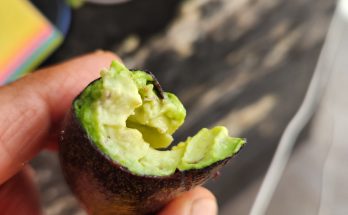By Diana Hoogesteger
Vegetation is like the skin of the planet. It protects and maintains the proper functioning of the entire system, and without it the system disintegrates. If land is laid bare, it is exposed to the harshness of the elements—sun, wind, and rain. Soil is lost, leading toward desertification.
When we think of forests, we usually imagine pines, poplars, firs, or trees with green leaves in green valleys. Few envision nopales, garambullos, yucas, huizaches, or mesquites, but they are all part of forests, and have a particular beauty.
Dry forests form a large part of Mexico and the world, and include fabaceae and legumes, cacti, various herbs, and shrubs. They are also called thorny forests because most of these plants have thorns. Like all forests, they are an essential part of this region’s ecosystem. They provide various essential services for the survival of the species that inhabit it, including humans.
Mother Nature is wise, and puts the necessary elements for life and its care in each place. The dry forests of our semi-desertic region are a jewel that we must recognize, care for, and respect.
1. They capture large amounts of CO2 from the atmosphere, returning carbon to the earth, where it is needed.
2. They keep the ground cover alive for vegetation to thrive, and act like a sponge for water infiltration from springs and rivers.
3. They serve as a home and food for the fauna of the region.
4. They provide multiple domestic, food, and medicinal uses.
Mesquite and huizache, nopal, and garambullo trees form the endemic forests of this region. Like all forests, they comprise different layers: trees and tall plants; bushes; grasses; herbs; and tubers. Every ecosystem requires diversity to function properly.
–Mesquites produce long, deep roots, grow tall, and provide protection for other species, create shade, and retain moisture.
–Huizache roots grow wide, embracing the topsoil and keeping it in place. Both huizache and mesquite hold nitrogen in the soil.
–Nopal roots break up the hardness of compacted soil and even stones, maintaining the permeability of the soil.
–Shrubs like cat’s claw and rosemary provide ground cover and have staggered flowering times for pollinators throughout the year.
–The various herbs that bloom toward autumn have medicinal and herbal uses in addition to being beautiful. These include wild marigold and passion flower.
–Tubers and euphorbias, such as sangregado, store moisture. Sangregado also has a medicinal use. Their roots are active year-round, maintaining nutrients below ground.
In conclusion: all forests are a complex system of plants and animals. They relate to each other, and humans must respect and care for them for our well-being. Dry forests are a jewel that we must preserve.




